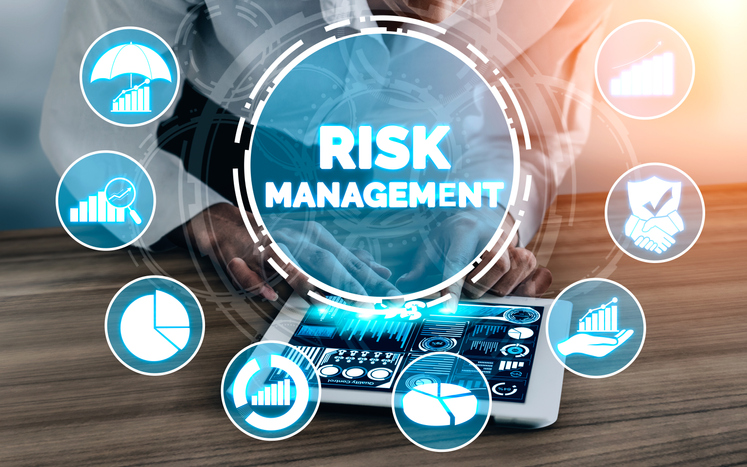
The e-bike market is growing rapidly, with global sales expected to reach $119.72 billion by 2030. There are a number of factors driving this growth, including rising concerns about air pollution and climate change, increasing urbanization, and the growing popularity of active transportation.
E-bikes are a more sustainable and environmentally friendly alternative to cars and motorcycles. They produce zero emissions and can help to reduce traffic congestion and improve air quality. E-bikes are also a great way to get exercise and stay healthy. They can be used for commuting, running errands, or simply getting some fresh air and exercise.
The e-bike market is segmented by type, battery type, motor type, mode, application, and region. By type, the market is segmented into pedelecs, speed pedelecs, and throttle on demand. Pedelecs are the most popular type of e-bike, accounting for the majority of sales. Speed pedelecs are faster than pedelecs and can reach speeds of up to 45 km/h. Throttle on demand e-bikes do not require pedaling to operate, and are powered by a throttle.
By battery type, the market is segmented into lead-acid, lithium-ion, and nickel metal hydride. Lithium-ion batteries are the most popular type of battery for e-bikes, due to their lighter weight and longer lifespan. Lead-acid batteries are less expensive, but they are also heavier and have a shorter lifespan. Nickel metal hydride batteries are a good compromise between price and performance.
By motor type, the market is segmented into hub motor and mid-drive motor. Hub motors are located in the wheel hub, while mid-drive motors are located in the center of the bike. Hub motors are less expensive, but they are also less efficient. Mid-drive motors are more expensive, but they are also more efficient and provide better performance.
By mode, the market is segmented into pedal assist and throttle. Pedal assist e-bikes require the rider to pedal in order to operate. Throttle e-bikes do not require pedaling to operate, and are powered by a throttle.
By application, the market is segmented into city/urban, mountain, and cargo. City/urban e-bikes are the most popular type of e-bike, and are used for commuting, running errands, and getting around town. Mountain e-bikes are designed for off-road riding. Cargo e-bikes are designed for carrying heavy loads.
By region, the market is segmented into North America, Europe, Asia Pacific, and Latin America. Asia Pacific is the largest market for e-bikes, followed by Europe and North America. The growth of the e-bike market in Asia Pacific is being driven by rising concerns about air pollution and climate change, increasing urbanization, and the growing popularity of active transportation.
The e-bike market is a rapidly growing market with a lot of potential. E-bikes are a more sustainable and environmentally friendly alternative to cars and motorcycles, and they can help to reduce traffic congestion and improve air quality. E-bikes are also a great way to get exercise and stay healthy.


